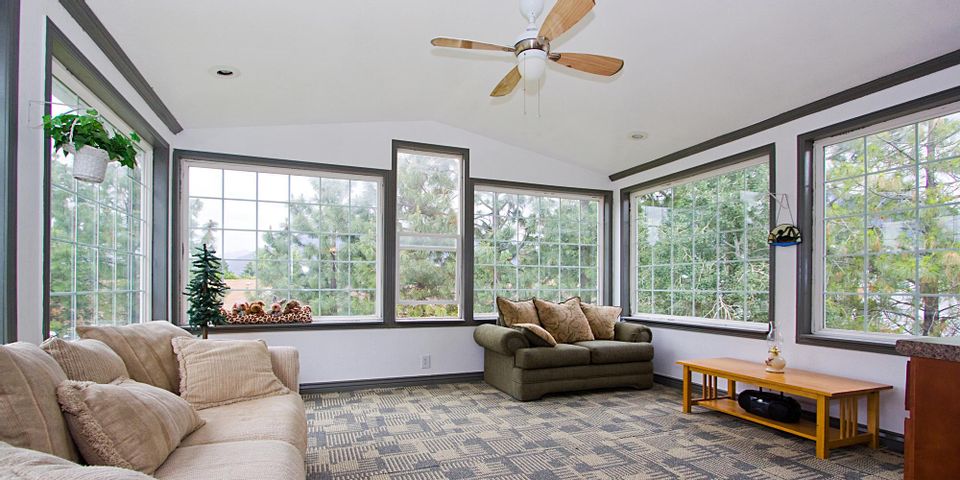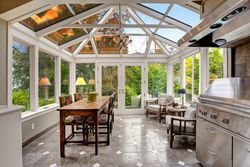What is the Difference Between R-Value and U-Value?

Whether you’re looking to build a new sunroom or want to improve the energy-efficiency of yours with glass replacement, understanding the material options will help you make the right decision. Like other housing materials, glass is rated in terms of its U-value and its R-value. These ratings describe the amount of insulation it provides, which can drastically impact energy preservation in your home. By learning these rating systems with the following guide, you’ll be better informed when you decide on a material for your glass replacement.
What Does U-Value Mean?
This measurement determines how well a product prevents heat from escaping through the home. If the glass has a low U-value, that means there is a reduction in heat transference, which results in a more energy-efficient product. Since your sunroom is intended to allow warming sunlight into the home, you want to find a glass material that keeps heat from escaping. This will also keep your energy usage from spiking during the colder seasons.
What Is an R-Value Rating?
 An R-value rating is used to measure a material’s resistance to heat flow, or how well it insulates a particular area of your home. When you have something with a high R-value, this indicates the insulation will be more efficient and there is higher resistance to heat loss.
An R-value rating is used to measure a material’s resistance to heat flow, or how well it insulates a particular area of your home. When you have something with a high R-value, this indicates the insulation will be more efficient and there is higher resistance to heat loss.
The R-values and U-values are actually reciprocal of each other, and rather than being a direct contrast, they can be used together to determine the efficiency of your glass replacement. To determine the U-value of a window or glass door, you divide the number one by the R-value.
If you’re ready to tackle a new project like a sunroom, talk to the professionals at Furniture City Glass & Mirror in High Point, NC. In addition to glass replacement and repairs, this business provides home and business owners with the custom solutions needed to improve aesthetics and energy efficiency. To learn more about their products, visit them online or call 336-841-5333.
About the Business
Have a question? Ask the experts!
Send your question

